#billkin putthipong
Text



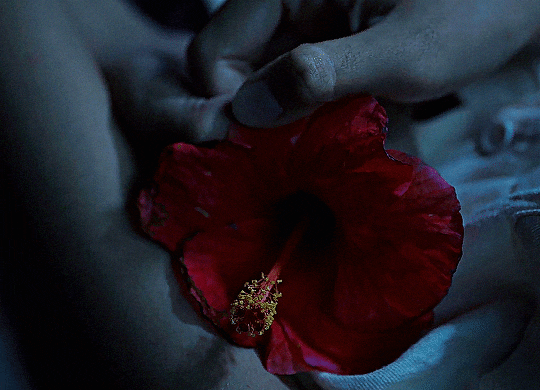



"You're the one I've been looking for in a long time."
I Told Sunset About You (2020)
Episode Three.
445 notes
·
View notes
Text
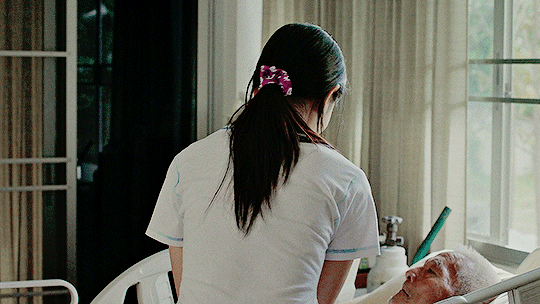
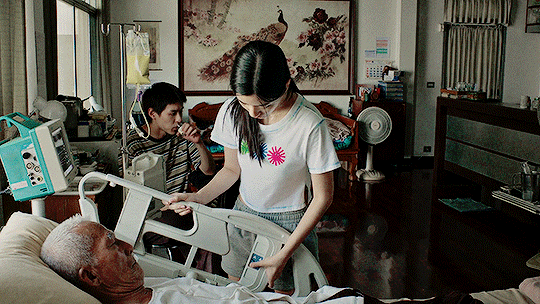
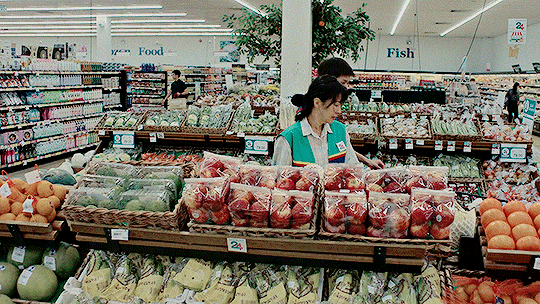
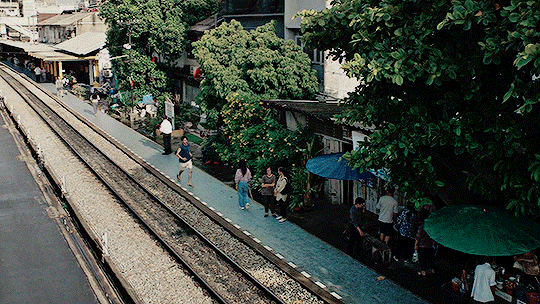





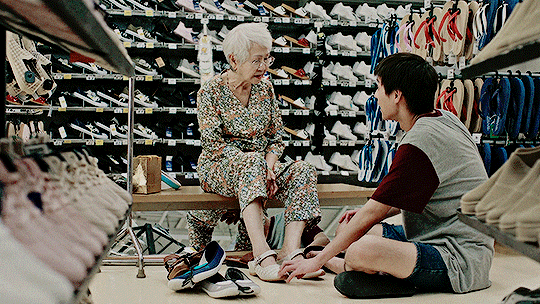




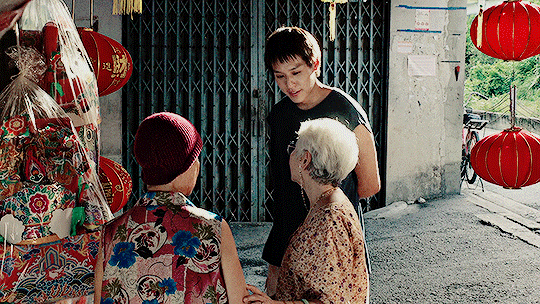

How to Make Millions Before Grandma Dies (2024) dir. by Pat Boonnitipat
#billkin putthipong#tu tontawan#how to make millions before grandma dies#lahn mah#lakornedit#the chinese family#หลานม่า#thai cinema#asian cinema#asiandramasource#dailyasiandramas#worldcinemaedit#filmgifs#moviegifs#fyeahmovie#clairedgifs#cinematv#cinemapix#motionpicturesource#dailyflicks#gdh and their self-aware kinda jerky protagonist who will learn to love and appreciate the ppl around them#icb they did this for THREE years straight already and its 3 dif directors#nah gdh love their male leads terribly flawed and asshole jerks like that#i just know imma bawl my eyes for this film from the premise alone
117 notes
·
View notes
Text

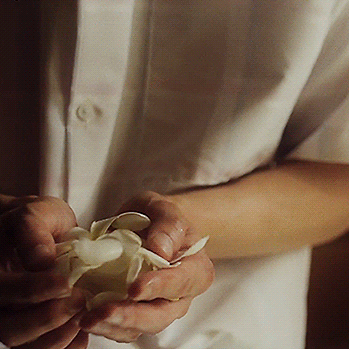


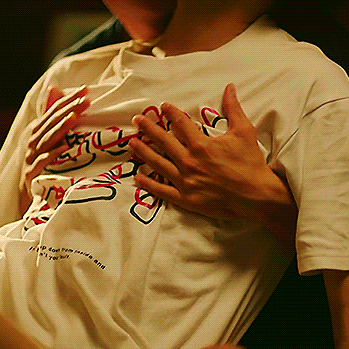

I Told Sunset About You (2020) | I Feel You Linger In The Air (2023)
#i told sunset about you#i feel you linger in the air#itsay#ifylita#pp krit#billkin putthipong#nonkul chanon#bright rapheephong#jomyai#tehohaew#paralellism#thai bl#thai drama#bl series#bl drama#asiandramaedit#asianlgbtqdramas#asiandramasource#my edit
111 notes
·
View notes
Text


Benz sure has gotten around hasn’t he
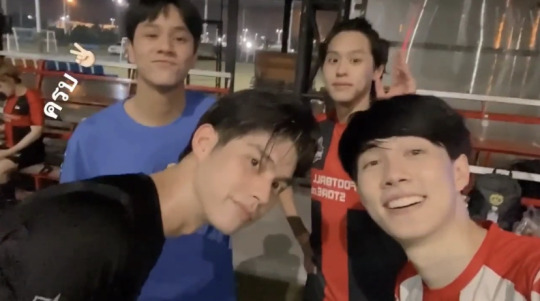
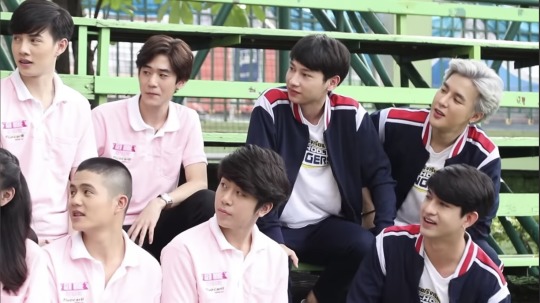

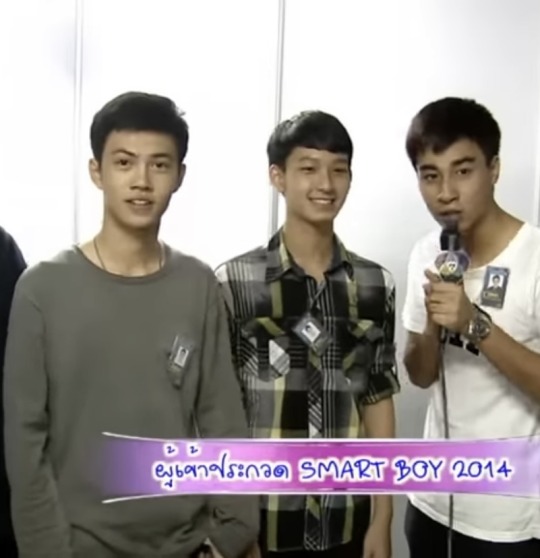
#I did actually shriek at chimon THIS IS FROM TEN YEARS AGO THEY'RE BOTH CHILDREN#benz atthanin#nanon korapat#billkin putthipong#bright vachirawit#jeff satur#pit babe the series#pit babe#em post#chimon wachirawit#pit babe cast#change2561 cast
57 notes
·
View notes
Text
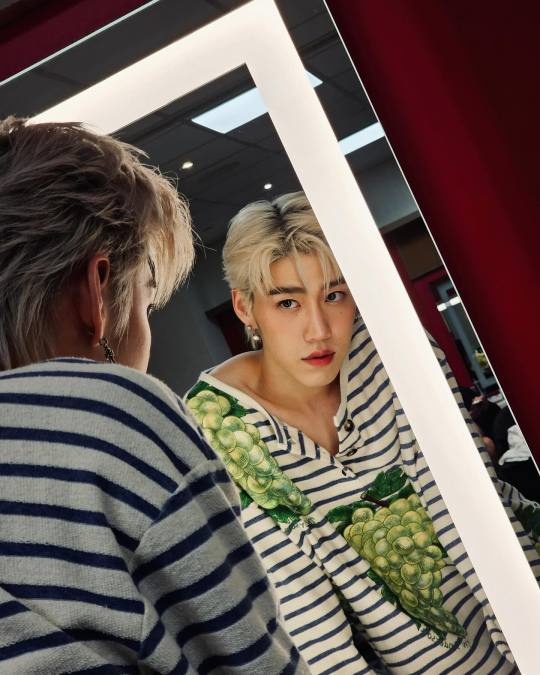
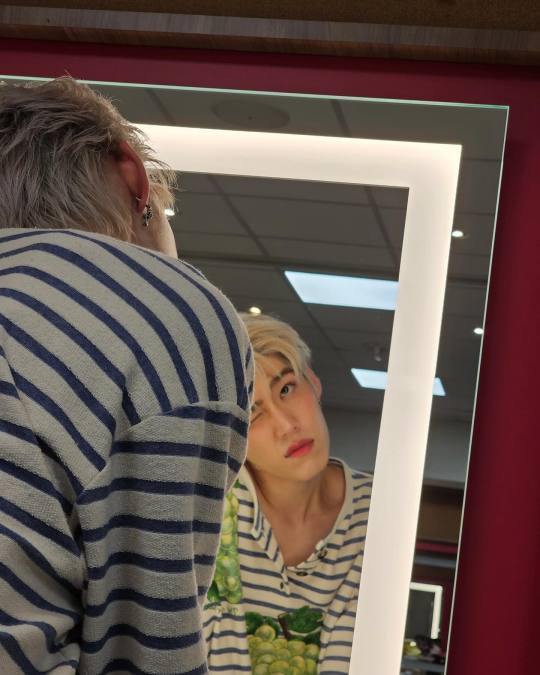
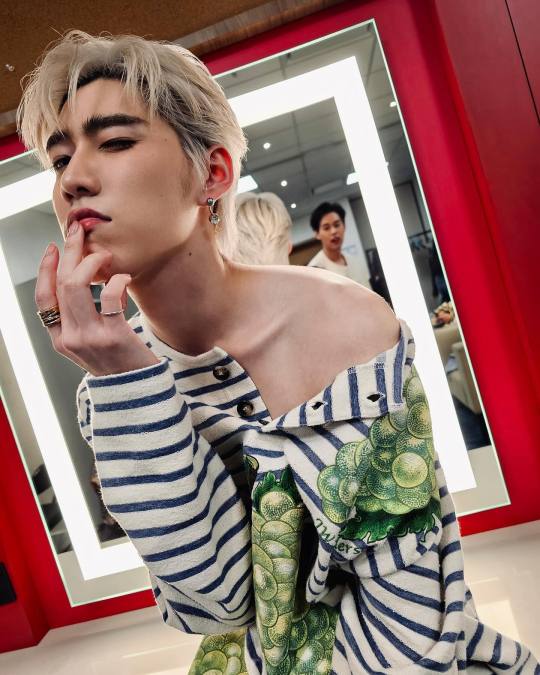
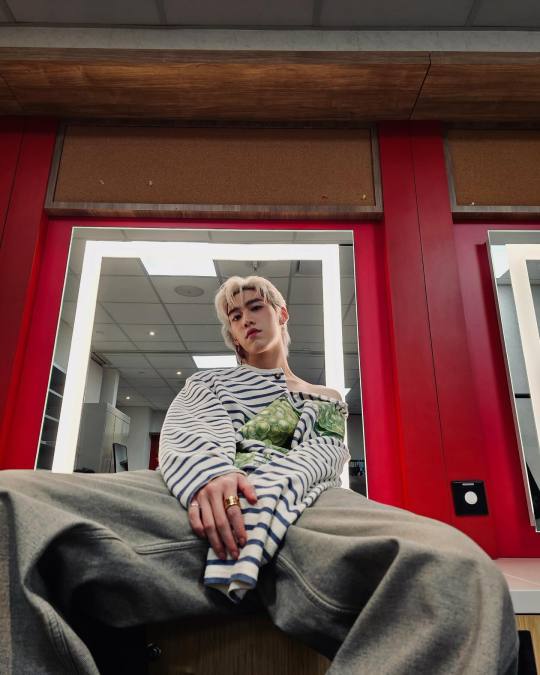
January 27, 2024 | PP Krit
66 notes
·
View notes
Photo








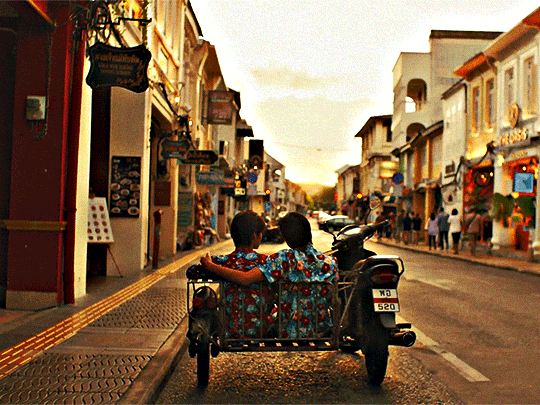

“i love you.”
“i love you, too.”
- last twilight in phuket
happiest of birthdays to you beloved <3 @billlkin
#i told sunset about you#itsay#billkin putthipong#pp krit#bkpp#zzarchive#ftd:be#billquan 🌅✨#userbillkin#usermor#user111#mjtag#tosnimeat#usertaeminie#userconcrete#nellsdani#hipranparakul#vishingwell#userjaehwany#useraishi#i think you've all watched/liked this? but feel free to ignore really!!#ANYWAYS. on to the very important bday message <3#hi billquan!! <3 when i saw those billkin pics i thought. need to edit these for quan but ofc i knew i needed to make you a little set as#well. i high key wanted to make you an actual itsay set but idk where to download this damn show and also i would need to rewatch it which i#am honestly not mentally stable enough for atm afhdjkg. anyways. i hope you like this little set i made for you !! its not much but i hope#it makes you smile nonetheless! i hope you have the loveliest birthday filled with nothing but good things and that you receive the endless#love you deserve. may this following year be your best yet and i truly from the bottom of my heart wish you only good things in life <3#love you lots !! that last gif is me kissing you !!! mwah (((hugs tightly))) bye angel!!!!!#wait also idk your timezone but it's the 23rd where i am so early/belated happy birthday !!!
715 notes
·
View notes
Text
Turtles Catches Up With Old GMMTV: I Told Sunset About You (ITSAY) Edition
[What’s going on here? After joining Tumblr and discovering Thai BLs through KinnPorsche in 2022, I began watching GMMTV’s new offerings -- and realized that I had a lot of history to catch up on, to appreciate the more recent works that I was delving into. From tropes to BL frameworks, what we’re watching now hails from somewhere, and I’m learning about Thai BL's history through what I’m calling the Old GMMTV Challenge (OGMMTVC). Starting with recommendations from @absolutebl on their post regarding how GMMTV is correcting for its mistakes with its shows today, I’ve made an expansive list to get me through a condensed history of essential/classic/significant Thai BLs produced by GMMTV and many other BL studios. My watchlist, pasted below, lists what I’ve watched and what’s upcoming, along with the reviews I’ve written so far. Today, in a long post, I work my way through Nadao Bangkok’s cinematic motherlode: ITSAY. Thanks to everyone for your patience with this post: I did major due diligence with it, with the absolutely TREMENDOUS help of @telomeke, @lurkingshan, @wen-kexing-apologist, and @bengiyo to ensure I had facts and analysis correct. Thank you, from the bottom of my heart, to these dear friends for holding me down and offering your sharp eyes.]
To dive into a topic as complicated, as beautiful, as reflective, as impactful as a macro-analysis of I Told Sunset About You is to take on...a lot. As I’ve discussed with @lurkingshan, from a filmmaking perspective, as so many of us who have watched ITSAY know -- it occupies the top spot of Thai BLs by way of pure cinematic quality. (If you follow my late-night liveblogs, you’ll know that this was the first show -- not even Bad Buddy did this to me -- where I needed to stop multitasking, to just sit and watch the episodes. No drama has done that for me in the years since I became a multitasking mom.)
As with 2gether and Still 2gether last week, this watch of ITSAY is a definite milestone on the OGMMTVC list, and I really thank @shortpplfedup, @bengiyo, @wen-kexing-apologist, @lurkingshan, @telomeke, and others in advance for what we’ve talked about in direct conversation regarding ITSAY, its many influential tentacles, and the influences that the show itself may have come from.
I’d like to touch upon a couple of frames to structure this piece, but the caveat here is that by no way will I consider myself an ITSAY expert, because there’s a tremendous fandom that knows much more about the Nadao Bangkok studio, about PP Krit and Billkin Putthipong, about the director and screenwriter, Boss Naruebet, and much more. I will have a substantial postscript to capture loose notes and learnings that didn’t make it into the main analysis.
Inspired in part by direct conversations with @telomeke and @lurkingshan, I’d like to dive into the following:
1) From a question that @lurkingshan posed to me: what shows from the start of the OGMMTVC watchlist -- and, more broadly, what art out there -- do I think spoke to ITSAY and its development,
2) The important story of Chinese migration to locations like Phuket, Penang (in Malaysia), and other locations on the Malay Peninsula, and how Chinese and Thai-Malay-Chinese-Peranakan cultures flavored ITSAY’s storytelling,
3) A discussion of internal and external homophobia on Teh’s experience, and how his conversation with Hoon encapsulated our understanding of homophobia, filial piety, and socioeconomic pressures in Teh’s particular life, timeline, and culture,
and more, I’m sure. Let’s boogie.
I warned some folks prior to this review that my thoughts on what may have spoken to ITSAY may turn some people off, so I offer this as a flare to y’all in advance. Acknowledging that episodes three and four of ITSAY were as emotional as anything I had ever seen in Asian BLs, Teh was just such a PERFECTLY written character. (The ITSAY supporting documentary episodes state that the show was in part inspired by Billkin’s and PP’s personal lives, and I know there’s fanon that the show was meant to deeply depict their personal stories with each other. I don’t have primary source material to point to regarding this, so I’ll leave it alone, with the understanding that there are interpretations of the show that read between the lines to bring that lens in. I acknowledge the existence of the theories, but will not dive into that here.)
So, in regards to Teh, as I chatted with @lurkingshan as I was watching the series, I just kept thinking to myself... hello, Fuse.
CHAOS BOYS! (Fire Boys? No, no, chaos boys, ha.)
This is where I think my analytical read might get a little controversial with folks, because to compare Make It Right to ITSAY -- from a LOOKS perspective, CERTAINLY from a storyline and narrative structure perspective -- no, it’s not there, not by a long shot.
But when I wonder about what ENERGIES and inspirations opened the door for Boss Narubet to WRITE the way that he wrote, and to DIRECT the way that he directed, Teh’s ENTIRE EMOTIONAL PROCESS AND BREAKDOWNS, his back-and-forth, his hesitations -- I saw chaos, and when I think of chaos, I think of Fuse.
I think of Fuse, and how Fuse was held back, particularly in Make It Right 2, regarding Fuse’s CULTURAL AND SOCIAL ASSUMPTION that he couldn’t break up with his girlfriend, all while being in a nascent give-and-take, back-and-forth relationship with Tee. And how that ASSUMPTION held BACK the full expression of commitment, honesty, and trust that Fuse and Tee ended up having at the end of MIR2. Fuse was being rather unsophisticated while he was struggling with this, and he was bringing Tee along, frustratingly, for that ride.
Something that you said to me also really resonated, @bengiyo, in conversation with @lurkingshan, about comparing TeeFuse and TehOh, in that Fuse and Teh weren’t necessarily SPARKLING or GIFTED presences. As you two both pointed out to me: Teh had to work much, much harder than Oh-aew for the talents that Teh achieved, and somehow, chaotically, he managed to lose his grip on those talents and achievements as he gave up his hard-earned opportunities for the sake of the overall-better-off Oh-aew. MESSY, BRO.
Besides MIR/MIR2, there’s somewhere else where I saw chaos. @bengiyo, you pointed out to me that you felt that you saw more of Thai queer cinema in ITSAY than in BL. I don’t think ITSAY *doesn’t* speak to BL and vice versa (I don’t think there’s anyone who thinks that, considering what Nadao Bangkok achieved with this show), but when I think of chaos -- and of the structures of storytelling that allowed us to get such an in-depth experience of Teh -- I also think of 2019′s Dew the Movie, and to a different extent, the before-its-time show in 2019′s He’s Coming To Me.
ITSAY, Dew, and HCTM have:
a) multiple chaotic leads (including actual ghosts and dudes who see ghosts),
b) overarching cultural backgrounds rooted in extremely specific Asian cultures and/or practices and/or time periods, and
c) interplays of emotional revelations vis à vis those specific cultural backgrounds.
- Fuse introduced to us, way back in 2016 and 2017, an internal holding back of an emotional engagement with Tee that was rooted in internal homophobia by way of his negotiation with what Fuse’s girlfriend expected of him, and what HE expected of HIMSELF regarding HAVING a girlfriend, while falling in love with a young man.
- Dew featured two young men in chaos, in 1990s rural Thailand, one of whom (Dew) who had previously lived in a different city where, likely, his sexual orientation would not have been met with such dystopic scrutiny as it did in the movie. The movie made clear that Dew wanted a solid relationship with Phop, but with both Dew’s and Phop’s families and cultural expectations holding them back, they both met untimely and unfortunate ends that hammered, in extremes, the perils, in cinema, of being gay and out in an incredibly restrictive and old-fashioned Asian society.
- HCTM featured a young man (Thun) who could see ghosts, along with the ghost that he ends up falling in love with (Med). The revelation of Thun’s being able to see Med is deeply connected to Thun’s Thai-Chinese Buddhist practices, and how his family has engaged with spirituality over the course of his life. While the structure of the show has often been described as having a happy ending, I argue the opposite -- that the ending is left open-ended, as it so often is in some of P’Aof Noppharnach’s shows, with the assumed understanding on behalf of an Asian audience that Med will one day be reborn and will leave Thun’s side (unless he’s reborn into another person that knows Thun) (hello, Until We Meet Again).
So what do all of these shows/movies -- ITSAY, Make It Right/MIR2, Dew, and HCTM -- have in common?
ITSAY, Dew, and HCTM have the common background of an old-fashioned culture serving as a MAJOR anchor to their stories. Their stories are leveraged by the micro-level, individual-level interplay between their main characters and old-fashioned worlds, complete with old-fashioned notions, assumptions, and expectations. ITSAY, Dew, and HCTM negotiate boundaries with these cultural guardrails, and we see -- Teh at the end of episode 4, Thun on the rooftop in episode 5, Dew talking to his mother -- what those expectations and boundaries have done internally to our dear young men.
Make It Right’s Fuse, way back in 2016, internalized this slightly differently, without us seeing as deeply the WORLD in which he grew up. The directors and screenwriters New Siwaj and Cheewin Thanamin gave us a guy in school with a girlfriend. FUSE’S world, that we see, is a school world, so apropos for that time of Thai BLs, complete with very heterosexual expectations for a young man WITH a girlfriend. And Fuse struggles with his push-and-pull throughout the two seasons.
What I love about the OGMMTVC project is that by having watched these projects before ITSAY, I can somewhat predict what the journey of chaos, by way of internal revelation, will be for these characters.
However.
What ITSAY DESTROYED for me, as compared to these dramas and movies, was the high level of acting that Billkin leveraged to get Teh to the emotional levels that he reached. Teh, episode 4, and Thun, episode 5 = handshakes.
This is where ITSAY’s structure just brings ITSAY to the top of the cinematic list and runs away from everything else. I posted in my liveblogging that the ending of episode 3 blew me away with a subversion of the four-act structure of screenwriting. @bengiyo corrected me to say that it was, instead, a rare example of Thai BLs achieving a successful five-act structure.
Just -- fuck.
You combine this UTTERLY FUCKING BRILLIANT STORYTELLING STRUCTURE, NARRATIVE STRUCTURING PAR FUCKING EXCELLENCE, ALONG WITH BILLKIN’S PORTRAYAL OF TEH IN HEAT AND CHAOS, and I’m eating, fam. Five-star Michelin tasting menu-level.
But before I start that meal, there’s even more that ITSAY did to really hammer in what I’m referencing by way of the anchors of old-fashioned culture to this story, which, clearly, Boss and Nadao Bangkok value, in the show’s indirect commentary on Chinese culture and migration in Thailand, and what it meant for Teh and Oh-aew to grow up in Phuket and prepare to leave for Bangkok. (If you haven’t watched ITSAY, I highly recommend that you plan on watching the supplementary documentary material, because those docs give a ton of insight into the Thai-Malay-Chinese background of the show. As a SE Asian homey, those revelations gave me the wonderful warm and familiar vibes.)
Dear @telomeke (I don’t know what I’d do without you, friend!) helped me to understand, back in my HCTM days, that I inherently know more about Chinese migration, immigration, and culture into Southeast Asia than I previously gave myself credit for as a part-Malaysian, because many of the migratory patterns and cultural assimilations are similar between Thailand and Malaysia. I appreciated that confirmation, and had my inspector’s hat on during my watch and rewatch of ITSAY.
I’ve spoken with @lurkingshan and @neuroticbookworm about the impact of migration and diasporic existence, in that, I think, oftentimes, immigrants to another country often hold a more conservative view of the cultures they bring with them -- in order to hold onto the tenets of those cultures, and to keep those tenets from getting influenced or maybe even watered down by the new environment in which immigrants are living. (My example to Shan and NBW was that I find that South Asian immigrants are often MORE conservative than my relatives in my homelands -- so as to keep a tight grip on assimilation, or, say, moral/ethical weakening by way of Western culture.)
I think the background of Phuket and EVERYTHING it lent to the show...
- Teh’s mom selling Hokkien mee at a stall storefront and the boys eating it in Teh’s old-fashioned house,
- The old-fashioned o-aew dessert shop, selling a Hokkien Chinese dessert, which is often preceded by a shot of the “Phuket Old Town” sign,
- Teh’s mom’s traditional Chinese-Peranakan outfits, particularly when she’s celebrating Teh and Hoon’s successes,
- The tight streets and alleys,
...all of it, visually and culturally, reminded us that the boys live in a world that was DEEPLY INFLUENCED by the way back when. I posit that Teh’s mom is the encapsulation of this kind of old-fashioned culture, from the architectural style of her Hokkien mee stall, to the clothes she wears, to the heavy decorations and rugs and furniture of her old-fashioned house -- to her old-fashioned notions of filial piety that both her sons will be successful and will help to take care of her as she ages. I posit that this old-fashioned mindset also likely led Teh to believe that Teh’s mom would not accept him for liking men, which I will delve into more in a bit.
I mentioned cultural assimilation earlier: I brought up Penang, Malaysia, earlier, because I’ve spent time in Penang -- and Penang was referenced by Boss in the ITSAY documentaries as being similar to Phuket by way of cultural structure. @telomeke educated me on the tin-trade-influenced links from Phuket to the Malaysian towns of Penang and Kuala Lumpur, all towns that experienced heavy immigration from China and feature the strong presence of Chinese-Malay-Peranakan cultures in their social fabrics. The Peranakan population developed when the first Chinese immigrants to these regions began marrying the local ethnic Thai and Malay residents, creating a brand-new culture, complete with unique foods, clothing, architecture, and much more.
Having not been to Phuket yet, I believe Boss. As well, I want to note -- very important to me as a part-Malaysian -- that Boss referenced Teh’s nickname as the Malay word for tea. @telomeke noted for me this distinction as one that’s notable for how ITSAY differentiates the culture within the show -- again, a culture that’s influenced by Chinese and Malay migratory history -- against the backdrop of Bangkok, where tea is not “teh,” but rather is called “cha,” the Thai word for tea. [The most famous “teh” drink of Malaysia is teh tarik, a sweet, creamy, and strong tea drink that you see everywhere in Malaysia. While o-aew is a distinctly Chinese-style dessert, teh tarik comes from Indian immigrants to Malaysia (and is usually drunk with roti canai, another Indian import to Malaysia)].
In other words: we are talking a TREMENDOUS, a TREMENDOUS amount of references to cultural mixing, development, and assimilation here, all INTENTIONALLY placed by Boss Narubet and his screenwriting team -- and all of this serving as a reflection against what Teh and Oh-aew will experience as being “different” in their futures in Bangkok, where this Thai-Chinese-Malay cultural differential will make them different when they get to college. (Not having seen I Promised You The Moon yet, I wonder if IPYTM sets up Teh and Oh-aew as potential country mice, à la Ji Hyun and Joon Pyo in The Eighth Sense.)
One more pertinent note of cultural intermixing by way of the historical Thai-Chinese-Malay linkages. @bengiyo was surprised that I didn’t initially exclaim at the presence of hijab- and songkok-clad Muslim women and men eating at Teh’s mom’s Hokkien mee stall; Teh and Oh-aew’s friend, Phillip, is also shown with his Muslim parents. It’s funny, @bengiyo, as I said to you: because I was watching ITSAY with such a trained eye towards spotting the Thai-Chinese-Malay cultural mixing, seeing Muslims on screen did NOT ring a bell of differentials because -- I expect to see them there, in those kinds of spaces, anyway. (In fact, seeing Muslims on Thai television is rare, which I will get into more in the postscript.)
So we have: MANY CULTURES MIXING OVER MANY GENERATIONS. Migratory patterns intertwining. Indications of physical and emotional movement. And even though, and even DESPITE, these cultures mixing, we ALSO HAVE an OVERARCHING message of old-fashioned customs and ways of living that dominate the lives of the children in the show -- ESPECIALLY Teh. Teh and Oh-aew -- literally, their NAMES reference places ELSEWHERE than Phuket and Thailand. Phuket’s old-fashioned roots. Teh’s mom SELLS a dish that comes from somewhere else (the Hokkien Chinese population mostly hails from Fujian, China, as its origin).
What happens with migration and immigration? Cultures collide and combine -- social mores and expectations change -- one’s standards of HOW TO LIVE ONE’S LIFE changes.
Teh and Oh-aew, during the entire series, are facing a moment in time where THEIR lives, THEIR cultures, THEIR micro-interactions WITH THEIR cultures, ARE GOING TO CHANGE, definitively, by way of their burgeoning same-sex relationship. Teh and Oh-aew are already different in Thailand by way of their cultural backgrounds, as I’ve established -- and now, with a potential public revelation of their relationship, will they be even more different. And their families -- especially Teh’s mom, but Oh-aew’s family as well -- are going to collide with the very PRESENT present vis à vis their boys and their love.
As this happens with migration and immigration, CHANGE WILL HAPPEN vis à vis Teh and Oh-aew’s queer revelations as well.
Boss focused on the aspects of Phuket that were anchors to the culture that Teh and Oh-aew were raised in -- an immigrant culture, a migrant culture from China, that has had a long hold over many, many towns and societies in Thailand. We didn’t see the modern 7-11s that we know are there in Phuket, serving the tourists of these towns.
And, just like the physical dystopia of Dew, and even vis à vis the spiritual practices built into He’s Coming To Me, the slice of Old Town Phuket that we SAW as that anchor was a HEAVY PRESENCE in Teh’s life -- it was PERFECTLY matched with the old-fashioned, conservative ANGER and DISAPPOINTMENT that we saw in Teh’s mom in episode 4, when Teh shares that he dropped out of university for Oh-aew. That anchor, to me, was meant to SMASH into, FEED into Teh’s overwhelming emotionality at his queer revelation, and at the revelation that serving his mother via filial piety would be automatically made more difficult, thus maximizing the impact of his internalized homophobia and his fear of recognizing his love and attraction for Oh-aew.
COUPLE THAT with the previous hints -- and then the SMASHING WRECKING BALL -- of the visual depths of Oh-aew’s own realizations earlier in episode 4, his own internally different place, the way he reveals himself to the world vis à vis the fast Instagram post of him wearing the red bra. And how Teh reacts to it. And how it sets off such an unreal chain of emotional unraveling for Teh, the SECOND of that episode, even before he goes to Bangkok to drop out.
WHOA.
THIS, TO ME
WAS
FUCKING
STUNNING
and very important to me to see as a South/Southeast Asian. WHEW.
And, good lord. How Hoon comes in at the end for Teh. Hoon, the eldest son, the one who has very quietly borne the financial responsibility that his mom, Teh’s mom, too, has placed on Hoon’s shoulders, naturally, through generations of family custom. (Super duper thanks to @lurkingshan for talking me through this in detail with me.)
And Hoon gives his family, his little bro, Teh, comfort. How Hoon says, listen. Mom’s gonna be mad if and when you tell her about Oh-aew and your feelings for me. But guess what? She’s gonna come around. You’re a crybaby, Teh, but I’m here for you.
Hoon knows that Teh’s mom will come around -- because Hoon is also a part of the next generation of change, much like his Thai-Malay-Chinese-Peranakan community before him -- as he brings his Japanese girlfriend home to his mother and brother. (THANK YOU, @wen-kexing-apologist, for pointing this out!)
Teh’s mom, too, will move. She will move from her old-fashioned mindset, to migrate to a new mindset, where she will accept her son. Teh needed to hear that, to know that that movement would be possible.
Just like the movement of the many swirling cultures around Teh and Oh-aew, the hustle of Bangkok before them, nipping at their lives like the ocean to the beach.
What ITSAY captured for me was a cinematic moment of movement on so many levels. It was a pulsating reflection of change. It was meant and designed to insidiously shock viewers out of complacency. Like a beanstalk climbing from the ground, the movement begot movement to these two young men beginning to address and empty themselves of the homophobia that kept them back, Teh especially.
GAH, THEIR MOVING PHYSICALITY, IT NEVER STOPPED -- the end of episode 2 on the boat, the end of episode 3 in Teh’s room, GAWD -- Teh’s ABSOLUTE HORMONAL DRUNKENNESS, Oh-aew’s STARE AFTER STARE AFTER STARE, Oh-aew’s SILENT DEVASTATION AT THE END OF EPISODE 3, the way Teh would nod and FLOP his head uncontrollably in desire, the nuzzles, the sniffs, the uncontrolled reaches -- GAH. It gives me the shivers.
It was a lot.
ITSAY was just -- y’all know it. It was fantastic. While HCTM was before its time, I feel that ITSAY was RIGHT ON TIME. It brought so many elements of this GORGEOUS, HISTORIC, culturally Southeast Asian experience into the intersection of the queer lens, as well as the *migratory* lens of the Southeast Asian region specifically. It showed us, from a micro-perspective, the very tremendous macro-level implications and pressures of filial piety, of internalized homophobia, of the huge socioeconomic expectations that families have on Asian students to succeed in education, and so much more. IT WAS *DEFINITIVELY INTERSECTIONAL*, MORE SO THAN ANY BL BEFORE ITS TIME.
Yet again, for me, just like Bad Buddy, just like Until We Meet Again, I have another show in my arsenal that makes me proud to be an Asian watching these shows -- and in ITSAY, I feel particularly proud that a slice of my own personal culture, as an Malaysian, made it in there, intentionally. I will FOREVER, and ever, be grateful to ITSAY for that.
-------
I’d like to offer this postscript as a means of making some quick points that @telomeke, @bengiyo, @lurkingshan, and @wen-kexing-apologist shared with me as I was writing this review -- and I thank them all deeply for reading drafts of this post before publication.
1) I was previously unaware of the history and current state of Islamic culture in Thailand until ITSAY and Be My Favorite included women wearing hijabs in their shows. This is an important slice of culture for me to know about, as I’m part-Malaysian, where Islam is the dominant religion. @telomeke shared with me that the majority Muslim population in Thailand is in southern Thailand (although, of course, Muslims live across Thailand), and that there have historically been separatist efforts in those southern provinces that have often led to violence.
There are many reasons why discrimination of Muslims exist in Thailand, as it does around the world, including references to the separatist efforts in the southern provinces. As well, ethnic Thais can trace their heritage back to various towns and communities within China, thus possibly making northern Thailand, with its proximity to China, potentially more lauded in Thai culture, and contributing even more to a perception that southern Thailand, with its Muslim population, as potentially “less desirable.” (And I want to take a second to note @telomeke‘s excellent point to me that “Chinese” as a catch-all word is often incomplete, as Han Chinese make up a sizable portion of Thailand’s population, but as we see in ITSAY, the Hokkien Chinese population also flourishes in certain parts of the country, and there are populations of Teochew and Hakka Chinese as well, as there are in Malaysia.)
All of this combined -- the geographic proximities to China, the places where various populations have settled, from the places that various populations of Thais track their heritages, plus global and/or popular misconceptions and stereotypes of “other” communities -- can contribute to discrimination of Muslims in Thailand. Of course, that is not a universal statement, as we do see Muslims beginning to show up in Thai drama art, which is heartening. To me, it strikes me as more realistic for the region to see Muslims on screen, but I don’t know Thailand well enough to say that for sure (that’s my Malaysian-side talking). I really want to thank @telomeke for taking me on SUCH a deep dive with insight into this part of Thai culture that I think is very necessary and fascinating. (Politics in Thailand is quite complicated at the moment, but at this very second, Thailand’s current Parliament speaker, from the Move Forward party, is Thai Muslim, with a Malay Muslim name -- Wan Muhamed Noor Matha. Very cool, but this is going to change soon, as Move Forward will make way for another political party to take control of the government.)
2) If you know me well enough, I cannot leave food well enough alone in our wonderful dramas (exhibit A: Moonlight Chicken and khao man gai, exhibit B: coffee/kopi in The Promise, lol), and I want to make sure that we were all aware back in 2020, and/or make you aware now, that Hokkien mee is a VERY regional dish, with styles unique to each town in which it is famous. @telomeke, I know you feel differently, but Hokkien mee from Kuala Lumpur (KL), Malaysia is my.... it’s my heaven, my soul, my heart, HA!
Here’s some linkies to get you educated. And also! Oh-aew prefers his Hokkien mee with rice vermicelli noodles, instead of the usual, thicker egg noodles. You know what I like to do if I see that a stall has the two styles of noodles available: I like to get them mixed together. Hokkien mee, Hokkien prawn mee noodle soup, curry laksa -- I like the best of both worlds of noodles in my bowl. YUM.
Phuket Hokkien mee
KL Hokkien mee
Penang Hokkien mee (this one is the prawn noodle soup, not the fried noodles -- omfg so good)
Singapore Hokkien mee (note the lighter color -- and the m’fing mix of thick and thin noodles, hell yeah!)
(If you made it this far in the ITSAY review, I have an easter egg for you. Guess what the Malay name is for rice vermicelli noodles? Bee hoon or mee hoon.
Hoon and Teh, two Malay names: thin noodles and tea. What Teh’s mom serves at her stall, and what Teh and Oh-aew represent, symbolically, by names and their noodle preferences, as a pairing. AND! @telomeke gave me one more easter egg! Teh O is a popular way to order tea in Malaysia and Singapore. It’s black tea with sugar, no milk. Another pairing reference. ITSAY never stopped with all the layered references!)
[WHEW! What a ride. Thanks to all y’all who held me down during my losing-it liveblogging of ITSAY. More to come when I get to Last Twilight in Phuket and I Promised You The Moon.
Next week, I’ll release my review of YYY into the wild -- listen, honestly. Yes, chaos, confusion, all of it. But I am not writing this show totally off. There was definitely stuff in it to chew on. And: POPPY RATCHAPONG. And Pee Peerawich. The acting was actually stacked on this show. There’s stuff! More soon.
And I also finished Manner of Death, so that review will drop in two weeks. I LOVE MAXTUL. UNABASHEDLY. Yes, I know I’m years late, yes, I know Tul is retired, sobs. Let me live my 2021 dreams! These guys are so good together, and MoD was fuckin’ great.
I have so much good stuff on the way: I’m fully in my ATOTS rewatch, and I’ve added 55:15 Never Too Late, very specifically its BL storyline. I may not give 55:15 a full review because I’ll fast-watch the rest of it, but: Khao, come to me, boo-boo! I have an INSANE August ahead of me as I’ll be moving in a month (GAH), but hopefully this schedule won’t fall back too much.
Status of the listy! Hit me up if you have feedback!
1) Love Sick and Love Sick 2 (2014 and 2015) (review here)
2) Make It Right (2016) (review here)
3) SOTUS (2016-2017) (review here)
4) Make It Right 2 (2017) (review here)
5) Together With Me (2017) (review here)
6) SOTUS S/Our Skyy x SOTUS (2017-2018) (review here)
7) Love By Chance (2018) (review here)
8) Kiss Me Again: PeteKao cuts (2018) (no review)
9) He’s Coming To Me (2019) (review here)
10) Dark Blue Kiss (2019) and Our Skyy x Kiss Me Again (2018) (review here)
11) TharnType (2019-2020) (review here)
12) Senior Secret Love: Puppy Honey (OffGun BL cuts) (2016 and 2017) (no review)
13) Theory of Love (2019) (review here)
14) 3 Will Be Free (2019) (not a BL or an official part of the OGMMTVC watchlist, but an important harbinger of things to come in 2019 and beyond re: Jojo Tichakorn pushing queer content in non-BLs) (review here)
15) Dew the Movie (2019) (review here)
16) Until We Meet Again (2019-2020) (review here)
17) 2gether (2020) and Still 2gether (2020) (review here)
18) I Told Sunset About You (2020)
19) YYY (2020, out of chronological order) (review coming)
20) Manner of Death (2020-2021) (not a true BL, but a MaxTul queer/gay romance set within a genre-based show that likely influenced Not Me and KinnPorsche) (review coming)
21) A Tale of Thousand Stars (2021) (review here)
22) A Tale of Thousand Stars (2021) OGMMTVC Fastest Rewatch Known To Humankind For The Sake Of Rewatching Our Skyy 2 x BBS x ATOTS (watching)
23) Lovely Writer (2021)
24) Last Twilight in Phuket (2021) (the mini-special before IPYTM)
25) I Promised You the Moon (2021)
26) Not Me (2021-2022)
27) Bad Buddy (2021-2022) (thesis here)
28) 55:15 Never Too Late (2021-2022) (not a BL, but a GMMTV drama that features a macro BL storyline about shipper culture and the BL industry)
29) Bad Buddy (2021-2022) and Our Skyy 2 x BBS x ATOTS (2023) OGMMTVC Rewatch
30) Secret Crush On You (2022) [watching for Cheewin’s trajectory of studying queer joy from Make It Right (high school), to SCOY (college), to Bed Friend (working adults)]
31) KinnPorsche (2022) (tag here)
32) KinnPorsche (2022) OGMMTVC Fastest Rewatch Known To Humankind For The Sake of Re-Analyzing the KP Cultural Zeitgeist
33) The Eclipse (2022) (tag here)
34) GAP (2022-2023) (Thailand’s first GL)
35) My School President (2022-2023) and Our Skyy 2 x My School President (2023)
36) Moonlight Chicken (2023) (tag here)
37) Bed Friend (2023) (tag here) (Cheewin’s latest show, depicting a queer joy journey among working adults)]
#i told sunset about you#i told sunset about you meta#itsay#itsay meta#tehoh#teh x oh aew#teh x oh#oh x teh#oh aew x teh#billkin putthipong#pp krit#boss naruebet#nadao bangkok#chinese migration to thailand#chinese migration to the malay peninsula#history of the peranakans#peranakan#peranakans#hokkien mee#muslim population in thailand#turtles catches up with old gmmtv#turtles catches up with thai BLs#turtles catches up with the essential BLs#the old gmmtv challenge#ogmmtvc
112 notes
·
View notes
Text
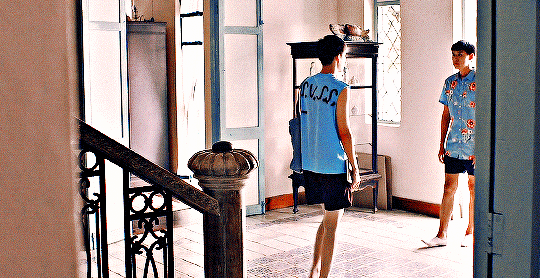
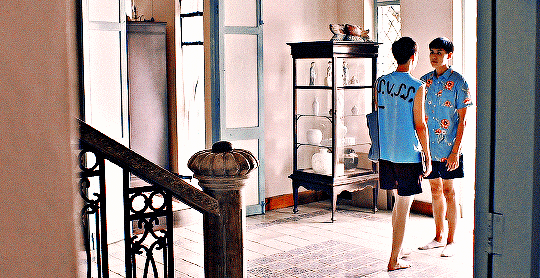

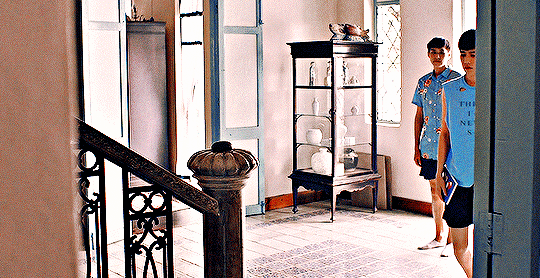

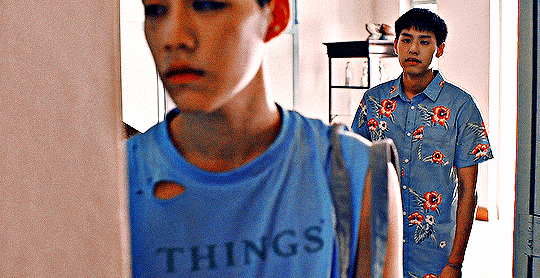
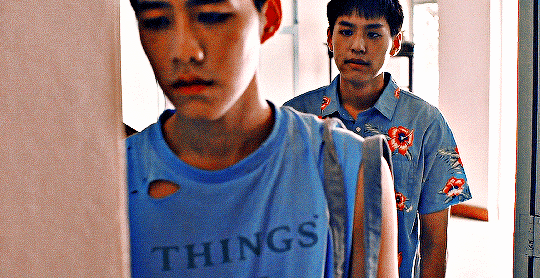
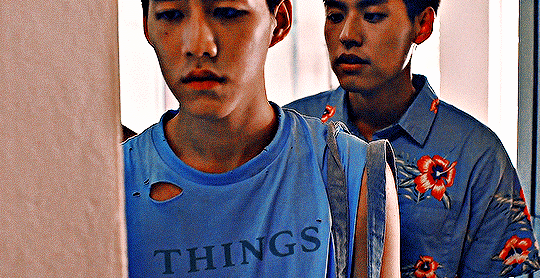

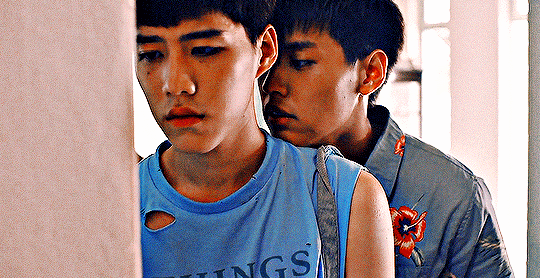

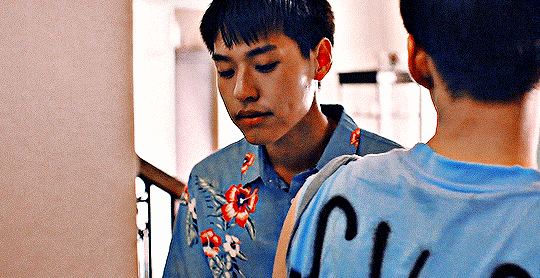

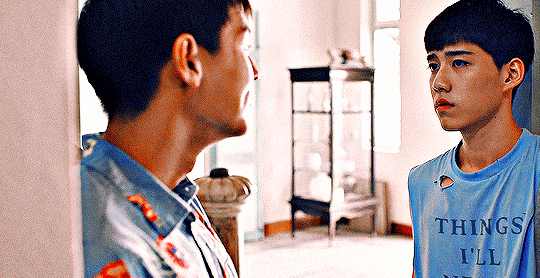

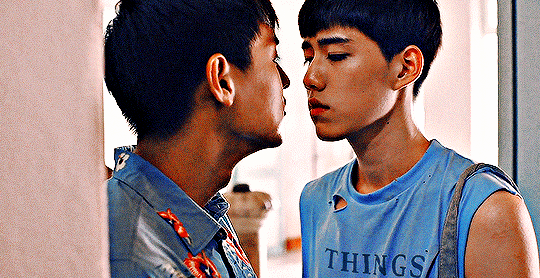

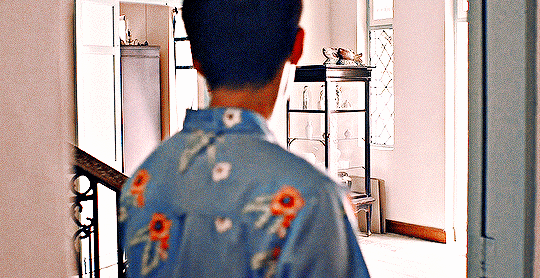
Wanna go swimming? Sure.
#im so sorry once i got started i couldnt stop#i just need to share how insane this entire one shot sequence is#the CHOREOGRAPHY#i told sunset about you#the visual play between light and darkness ugh#oh-aew#oh aew#oh aew my beloved#teh x oh aew#pp krit#billkin putthipong#cgedits#mygifs#thai bl#thailand#phuket#thai drama#asiandramasource#tvgifs#gifs#televisongifs
44 notes
·
View notes
Text
not two of my faves visiting my turf 😍 (while I'm on theirs hahaha 😭)
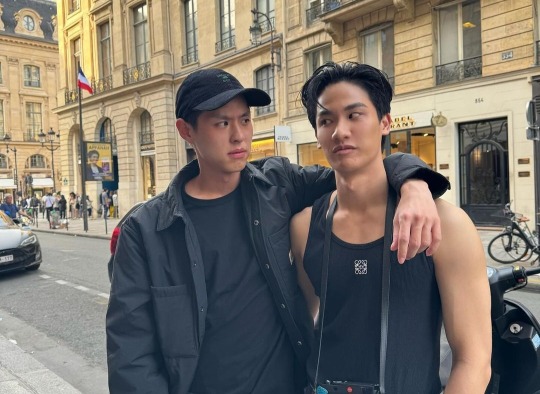
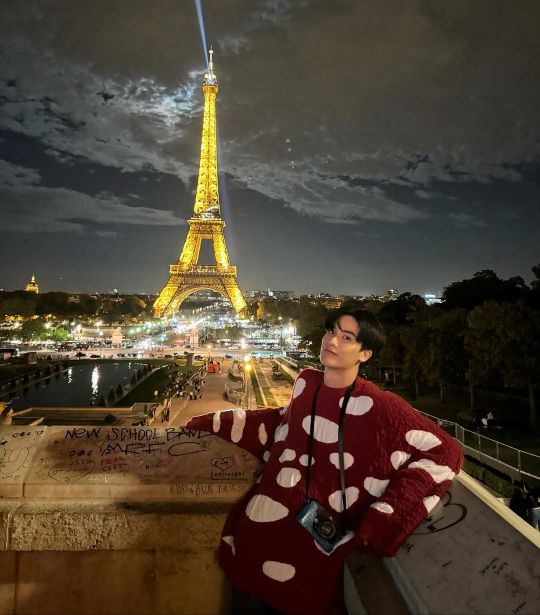
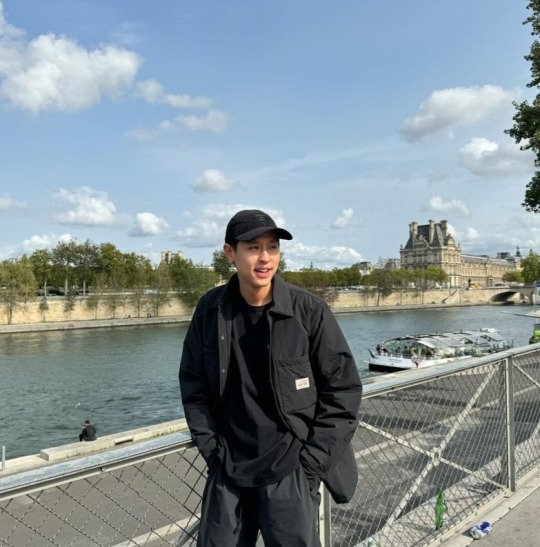


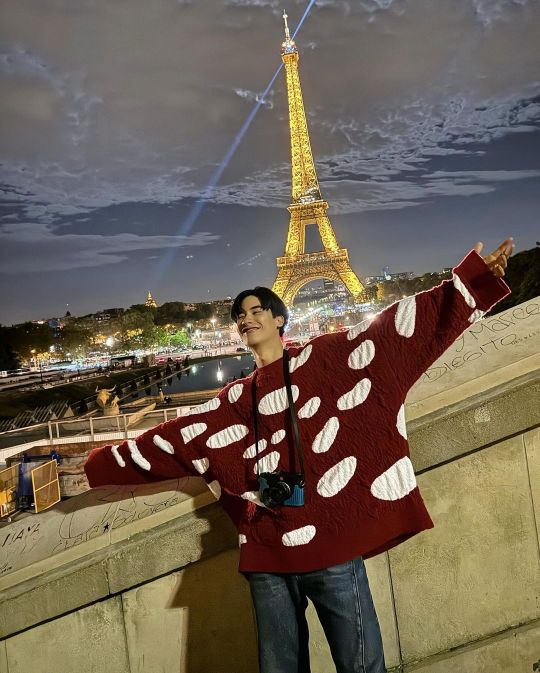

#taybillkin#tay tawan#billkin putthipong#thai actors#2023#byofftay#bruh billkin went to my fave museum where I go super often imagine I was in paris & saw him there 😭#instant heart attack I'd die#let's not even TALK about what would happened if I met tay#I'd cry as if it was my wedding day sobwkwbwlw
66 notes
·
View notes
Text


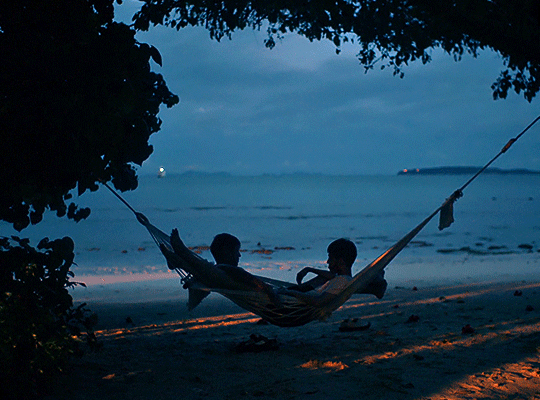
I TOLD SUNSET ABOUT YOU (2020)
#i told sunset about you#itsay#billkin putthipong#pp krit#userbillkin#hammock scene my beloved#mandatory itsay post monday#111gif#i want this to be the last thing i see before i die#thanqueue
252 notes
·
View notes
Text


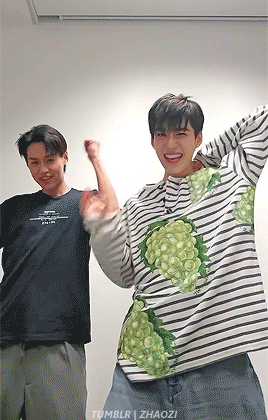
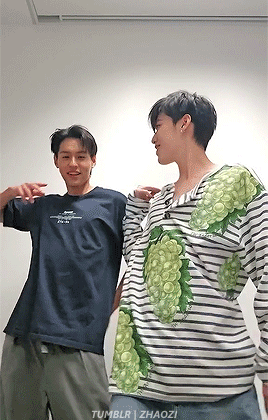


ถ้าเธอยังไม่มีใคร... ฉันขอ 'เสนอตัว' สอนเธอเต้นเอง 🤍🧡 // if you don't have anyone yet, i'l like to 'offer' to teachyou how to dance 🤍🧡
19 notes
·
View notes
Text



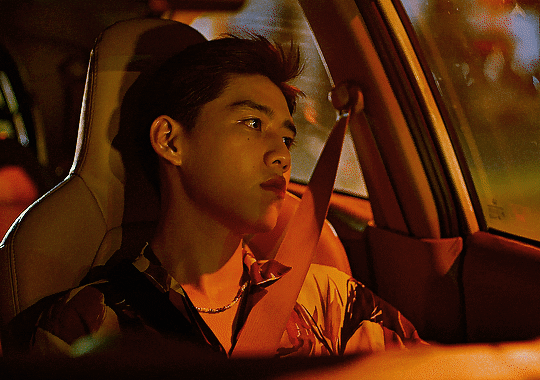

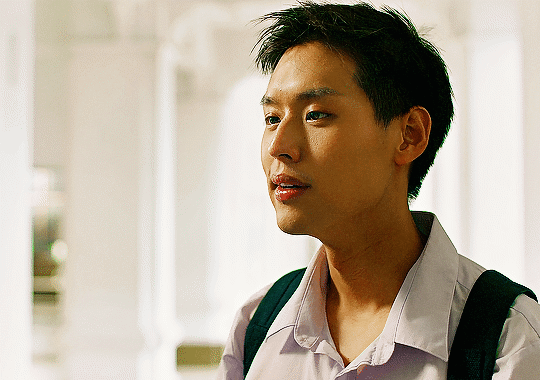

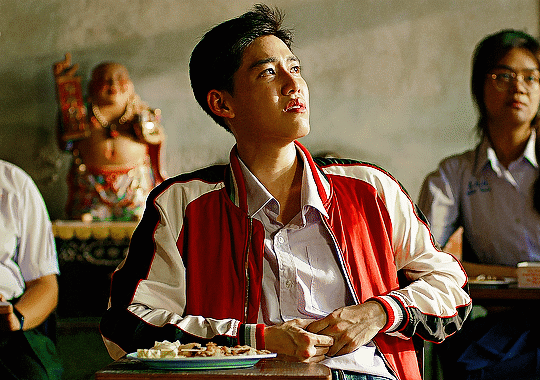


"Having you as a friend is a gift."
I Told Sunset About You (2020)
Episode Five.
#i told sunset about you#pp krit#billkin putthipong#smile parada#khunpol pongpol#tdrama#soomedits#tears and hugs all around.#i'm not really satisfied with the colouring (am i ever though) but i have no energy to try to rework them 😭
170 notes
·
View notes
Text

25 notes
·
View notes
Text

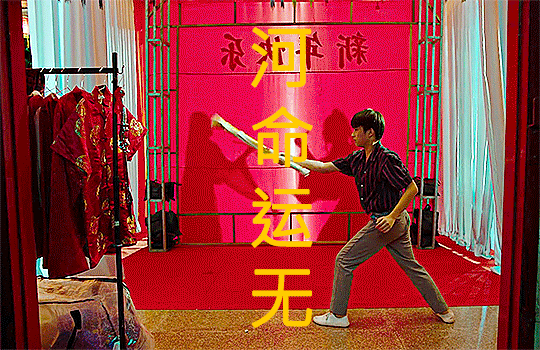
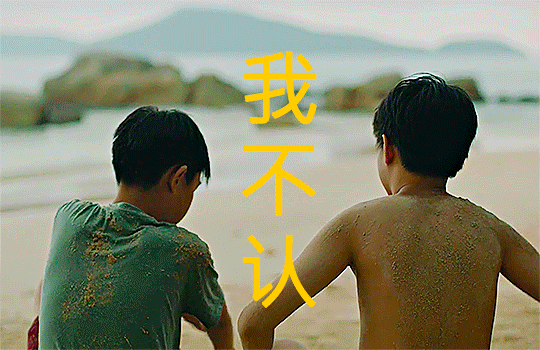
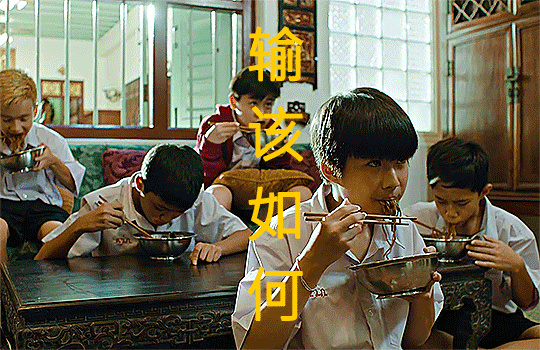
"But if we are set apart by destiny, I have to give up, don't I?
Don't I?"
หรูเหอ 如何 (Skyline) OST from I Told Sunset About You (2020)
Happy Birthday to @billlkin
#i told sunset about you#itsay#billkin putthipong#pp krit#teh x ohaew#lgbtedits#asianlgbtqdramas#nads gifs#look away the tags are about to get mushy#Quan i am so sorry im late#happy birthday to you my beloved#thank you for being one of the most talented funniest most charming nicest moot#i am so so glad some silly little show brought us together#i genuinely look forward to any interaction with you on those hellsites#i wish you all the happiness in the world and thank you for being so amazing
389 notes
·
View notes
Photo

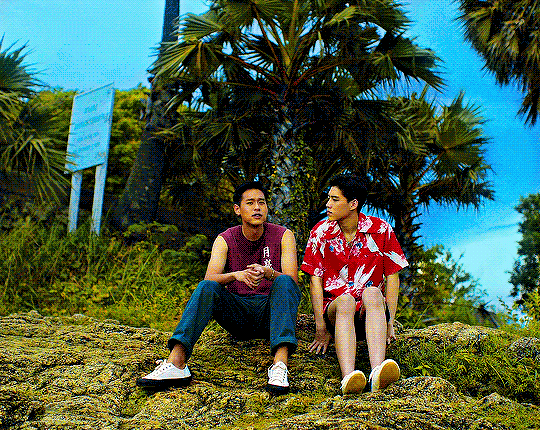
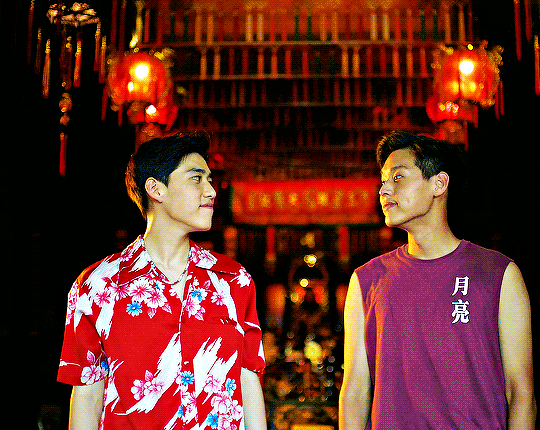


Are you gonna go to bed? I’m not sleepy yet. Then what should we do? Tutoring?
#i told sunset about you#itsayedit#lgbtedit#userbillkin#pp krit#billkin putthipong#teh x oh aew#my gif#flashing gifs for ts#im so sorry quan skjdfhqsdfjh#you asked for it and i clearly didn't deliver qsjkdhfdqshfj#also spent more time rewatching scenes than giffing this oop#mayhaps i should rewatch#/turns phone towards me/ and they didn't do tutoring!!
343 notes
·
View notes
Photo


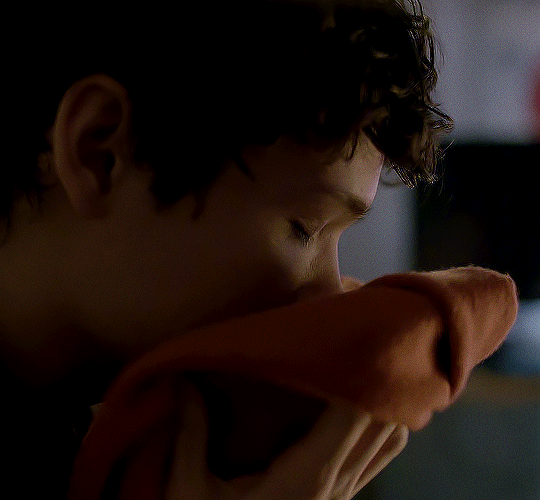


YOUNG ROYALS (2021-) dir. rojda sekersöz
I TOLD SUNSET ABOUT YOU (2020) dir. boss naruebet
MY HEART HAS CLAWS writ. fatima aamer bilal
#cinematv#dailylgbtq#bldramaedit#youngroyalsedit#young royals#i told sunset about you#itsay#omar rudberg#billkin putthipong#please 😩#i immediately thought of teh#the pining#the longing#THE YEARNING#i actually hate this colouring
258 notes
·
View notes